Unusual gamma-ray burst reveals previously undetected hybrid neutron-star merger event
Thursday, 08 December 2022 00:27 The standard view of gamma-ray bursts as a signature for different types of dying stars might need a rewrite. Recent astronomical observations, supported by theoretical modeling, reveal a new observational fingerprint of neutron-star mergers, which may shed light on the production of heavy elements throughout the universe.
"Astronomers have long believed that gamma-ray bursts fell into two
The standard view of gamma-ray bursts as a signature for different types of dying stars might need a rewrite. Recent astronomical observations, supported by theoretical modeling, reveal a new observational fingerprint of neutron-star mergers, which may shed light on the production of heavy elements throughout the universe.
"Astronomers have long believed that gamma-ray bursts fell into two AIR scientists design digital ionosonde for Meridian Space Weather Monitoring Project
Thursday, 08 December 2022 00:27 Designed for the "Meridian Space Weather Monitoring Project-II", five digital ionosondes have been installed and start operation at the observatories of this Project, according to the Aerospace Information Research Institute (AIR), Chinese Academy of Sciences (CAS) on November 16, 2022.
The ionosphere stretches roughly 50 to 400 miles above Earth's surface, right at the edge of space, and
Designed for the "Meridian Space Weather Monitoring Project-II", five digital ionosondes have been installed and start operation at the observatories of this Project, according to the Aerospace Information Research Institute (AIR), Chinese Academy of Sciences (CAS) on November 16, 2022.
The ionosphere stretches roughly 50 to 400 miles above Earth's surface, right at the edge of space, and Defense Innovation Unit seeks commercial options to deploy satellites in deep space
Wednesday, 07 December 2022 22:51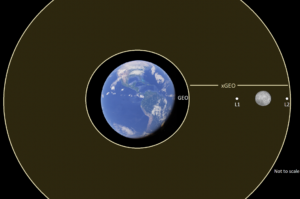
The Defense Innovation Unit is seeking proposals for commercial services to deploy and operate payloads in outer space beyond Earth orbit
The post Defense Innovation Unit seeks commercial options to deploy satellites in deep space appeared first on SpaceNews.
NASA and Boeing change SLS core stage assembly process
Wednesday, 07 December 2022 22:26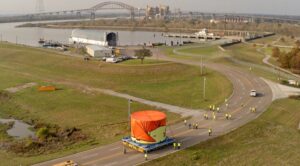
NASA and Boeing are changing how they assemble the core stage of the Space Launch System, moving some of the final integration work to the Kennedy Space Center.
The post NASA and Boeing change SLS core stage assembly process appeared first on SpaceNews.
Cryogenics specialist orders first satellite for detecting methane leaks
Wednesday, 07 December 2022 21:05
Absolut Group, a French cryogenic technology provider, said Dec. 7 it has ordered a demo nanosatellite for a constellation that would use sensors at very low temperatures to detect greenhouse gas leaks.
NDAA compromise bill wants more focus on satellite protection, responsive launch
Wednesday, 07 December 2022 20:17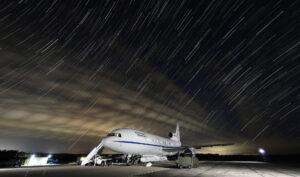
A bipartisan compromise version of the 2023 National Defense Authorization Act released overnight on Dec. 6 directs DoD to figure out a strategy to protect military satellites from threats in orbit.
How karst caves can be used as a terrestrial simulation platform to test and design human bases in lunar lava tubes
Wednesday, 07 December 2022 20:08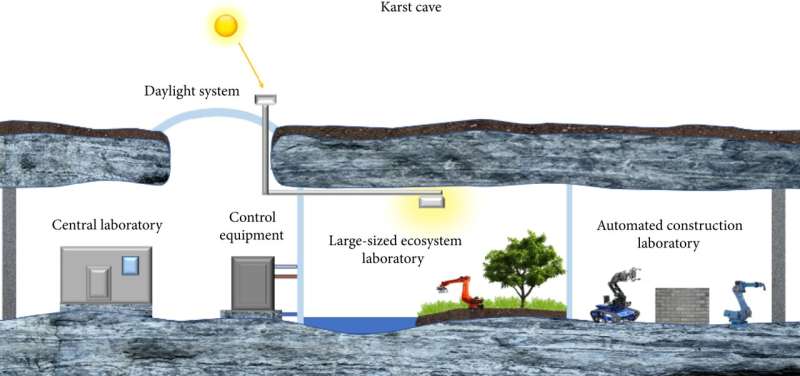
If human beings want to survive on the other planets for a long time, they must first find or set up a safe, stable, and long-term shelter. Lunar lava tubes are geological structures on the moon discovered in recent years. They take the form of hollow pipe-shaped caves formed on the surface of the planet by volcanic activity.
Because a lunar lava tube has a hard basalt roof, its internal environmental factors such as temperature changes, radiation doses, and the probability of being hit by meteorites are relatively limited. As such, it offers in theory an ideal human lunar habitat. Until now, more than 300 potential cave entrances have been identified on the moon. The "skylights" they display are the result of a kind of pit caused by the active lava tube collapsing.
In a new article published in Space: Science & Technology, the research team led by Gengxin Xie and Linli Guo has discussed the feasibility of using lunar lava tubes for human habitation, proposed the idea of using the Earth's karst caves to simulate extraterrestrial lava tubes, selected caves in Chongqing as the simulation site, and demonstrated the feasibility in terms of both structural and environmental aspects.
Will we ever go back to explore the ice giants? Yes, if we keep the missions simple and affordable
Wednesday, 07 December 2022 17:33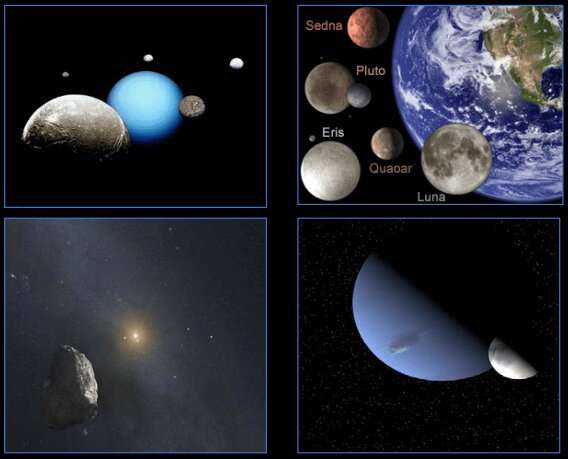
It's been over 35 years since a spacecraft visited Uranus and Neptune. That was Voyager 2, and it only did flybys. Will we ever go back? There are discoveries waiting to be made on these fascinating ice giants and their moons.
Blue Origin and Dynetics bidding on second Artemis lunar lander
Wednesday, 07 December 2022 16:43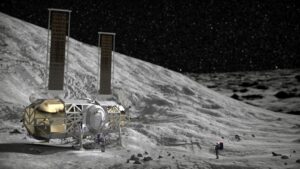
Teams led by Blue Origin and Dynetics, runners-up in NASA’s first competition to develop a lander to transport astronauts to the lunar surface, have submitted proposals for a NASA competition to select a second lander.
New lidar technique could help robotic vehicles land safely on Mars
Wednesday, 07 December 2022 16:33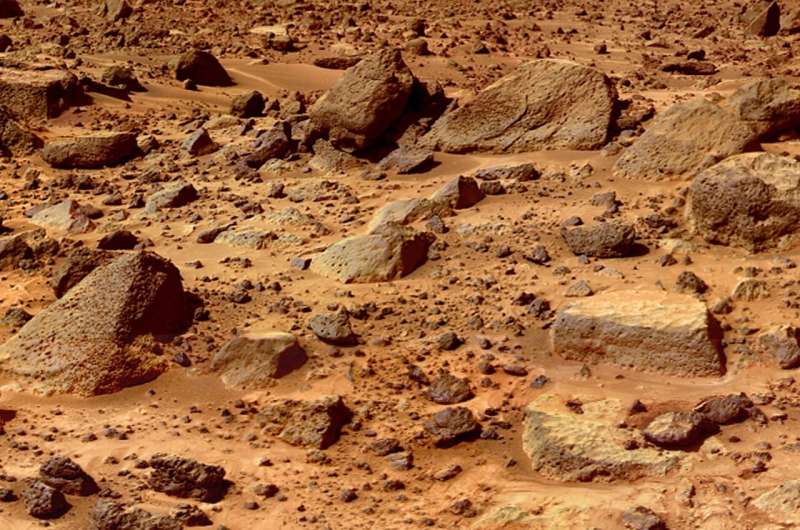
In a new study, scientists demonstrate a new lidar technique that could help robotic vehicles avoid hazards when landing during future missions to Mars or the moon. The method uses flash lidar to record full 3D images with a single laser pulse, which prevents the motion blur that is present with traditional lidar approaches.
Farzin Amzajerdian from NASA Langley Research Center will present the new findings at the Optica Laser Congress, 11–15 December 2022. The presentation, titled "Development of a 3D Flash Lidar for Terrain Sensing and Safe Landing on Planetary Bodies," will be presented on-site and online in a hybrid format.
"Lidar technology plays a critical role in future missions to the moon, Mars, and other solar system bodies since they require precision safe landing at specific locations where valuable resources may be found or may lead to important scientific discoveries," said principal investigator, Farzin Amzajerdian, Ph.D.
A streamlined design
Flash lidar is useful for several purposes throughout the process of landing robotic vehicles. As a vehicle descends to a surface, flash lidar can be used to generate 3D terrain maps from an altitude of several kilometers to reduce position error.
MTG-I1 never to be seen again
Wednesday, 07 December 2022 14:17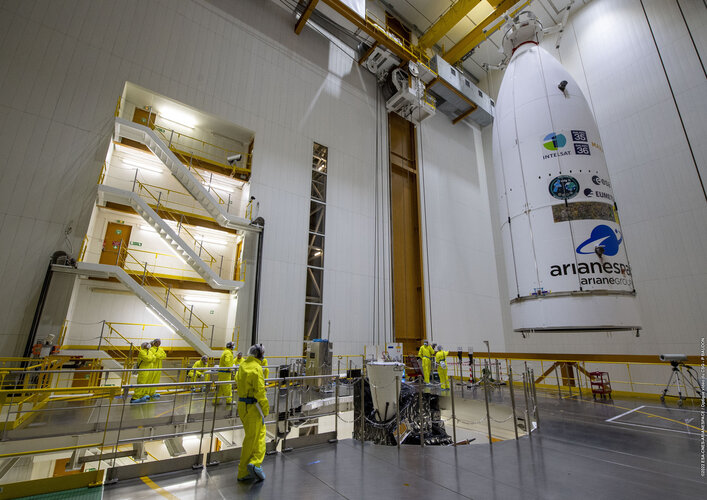
As preparations to launch Europe’s first Meteosat Third Generation Imager satellite continue, the team at Europe’s Spaceport in Kourou, French Guiana, has bid farewell to their precious satellite as it was sealed from view within the Ariane 5 rocket’s fairing. This all-new weather satellite is set to take to the skies on 13 December.
Op-ed | Running the Space Playbook in Chile
Wednesday, 07 December 2022 13:44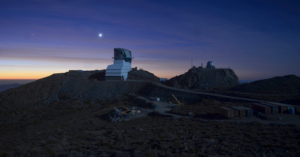
Chile holds half or more of the world’s astronomy infrastructure, but the nation's future in space is not just relegated to looking up.
The post Op-ed | Running the Space Playbook in Chile appeared first on SpaceNews.
Launches secured for five Sentinel satellites
Wednesday, 07 December 2022 12:47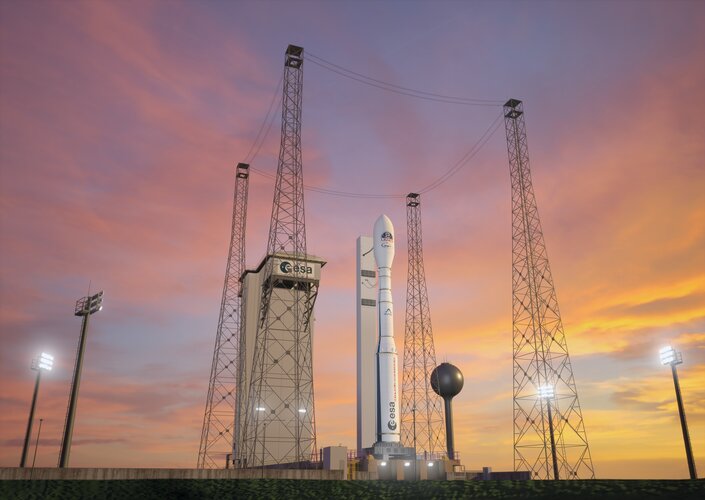
A contract signed today between ESA and Arianespace has ensured rides into orbit for five Copernicus Sentinels: Sentinel-1D, Sentinel-2C, Sentinel-3C, and the Copernicus Anthropogenic Carbon Dioxide-A and -B satellites. All the satellites will be launched on Vega-C rockets from Europe’s Spaceport in French Guiana and are scheduled to take place between 2024 and 2026.
TriSept and SpiderOak unveil strategic partnership
Wednesday, 07 December 2022 12:00
TriSept, a launch integration and mission management specialist, announced a strategic partnership Dec. 7 with cybersecurity firm SpiderOak to offer an “end-to-end security system” for satellites and ground systems.
The post TriSept and SpiderOak unveil strategic partnership appeared first on SpaceNews.
NASA confirms NEO Surveyor for 2028 launch
Wednesday, 07 December 2022 11:52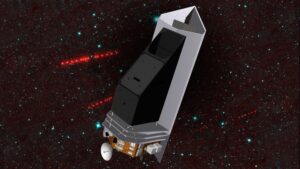
NASA has approved for development a space telescope to search for near Earth objects as some members of Congress lobby the agency to move up the mission.
The post NASA confirms NEO Surveyor for 2028 launch appeared first on SpaceNews.

